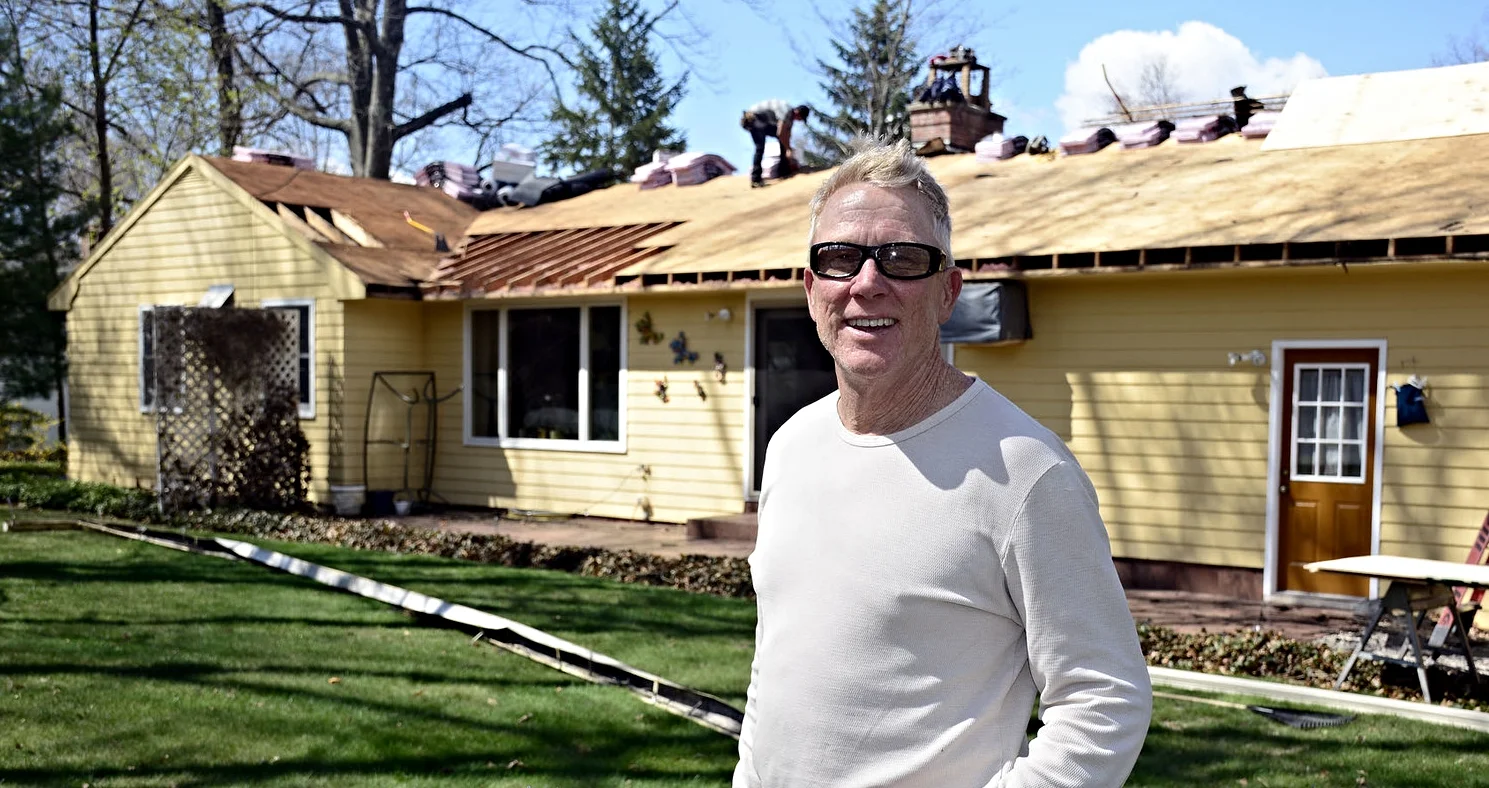Tis the Season for Mulch
Chelsea O'Donnell
Mulch is one of the most effective and straightforward ways to improve the health and appearance of your yard or garden. It helps with moisture retention, weed control, and soil temperature regulation, while also giving garden beds a more finished look.
There are several practical reasons to use mulch. First, it helps retain soil moisture by reducing evaporation, which means less frequent watering. It also suppresses weed growth by blocking sunlight from reaching weed seeds. In addition, mulch helps regulate soil temperatures, keeping soil cooler in the summer and warmer in the winter, and can prevent soil erosion during heavy rains.
For organic mulch, there’s the added benefit of soil improvement. As it breaks down, it adds nutrients and organic matter to the soil, supporting healthier plants over time.
Organic mulch includes materials such as:
Shredded bark or wood chips
Straw or hay (used more often in vegetable gardens)
Pine needles
Leaves
Compost
These materials break down over time and improve soil structure, but they need to be replenished periodically, usually once a year.
Inorganic mulch includes:
Rubber mulch
Gravel or stone
Landscape fabric
These materials don’t break down and won’t improve the soil, but they’re longer-lasting and may be better for certain uses like pathways, around foundations, or in areas where soil enrichment isn’t needed.
The right mulch depends on your goals. For plant health and soil improvement, organic options are typically better. For durability and low maintenance, inorganic mulch may be more appropriate.
How to Apply Mulch
Applying mulch correctly is key to getting its full benefits. Here are the basic steps:
Clear the Area – Remove weeds and grass from the area you want to mulch. You may also want to edge the area for a cleaner border.
Prepare the Soil – Rake the soil to level it, and if you’re using compost or other amendments, mix them in before mulching.
Apply Mulch – Spread a layer of mulch 2 to 4 inches deep. Less than 2 inches may not suppress weeds effectively; more than 4 inches can prevent water from reaching the soil.
Keep It Away from Stems and Trunks – Leave a few inches of space around plant stems and tree trunks. Mulch piled directly against them can trap moisture and lead to rot or pest issues.
Maintain – Check your mulch periodically. Organic mulch will decompose over time and may need to be replenished once a year. Inorganic mulch usually needs less frequent maintenance.
Mulch is a simple and affordable way to care for your yard. By choosing the right type and applying it properly, you can improve soil health, reduce maintenance, and keep your landscape looking tidy year-round.
Bob O’Donnell is the owner of O’Donnell Bros. Inc., a Bristol-based home improvement company established in 1975. Email your questions for Bob to info@odonnellbros.com with the subject line “Ask the Pro.” All questions may be considered for publication. To contact Bob for your remodeling needs, call O’Donnell Bros. Inc. at (860) 589-5155 or visit http://www.odonnellbros.com. Advice is for guidance only.
